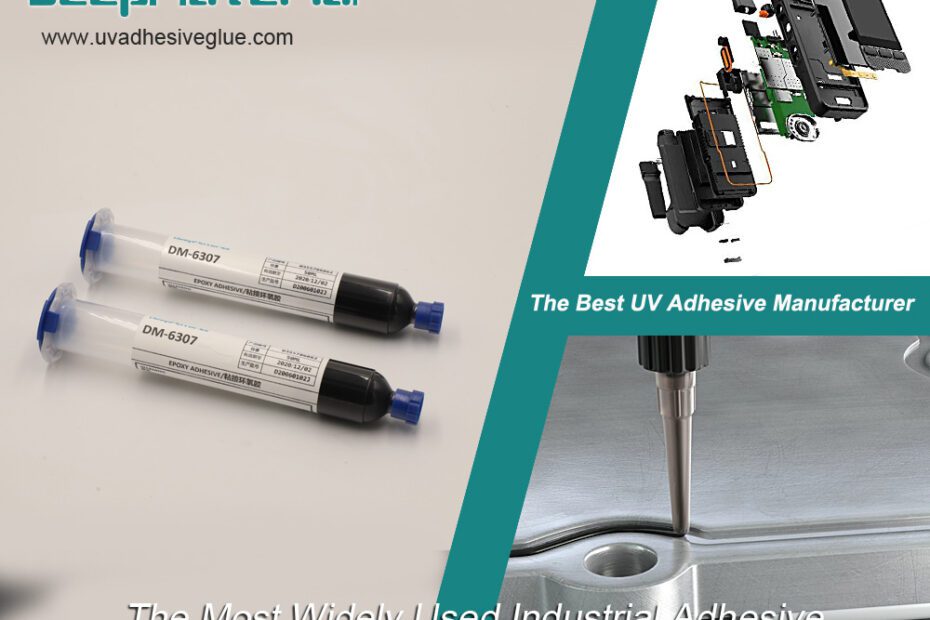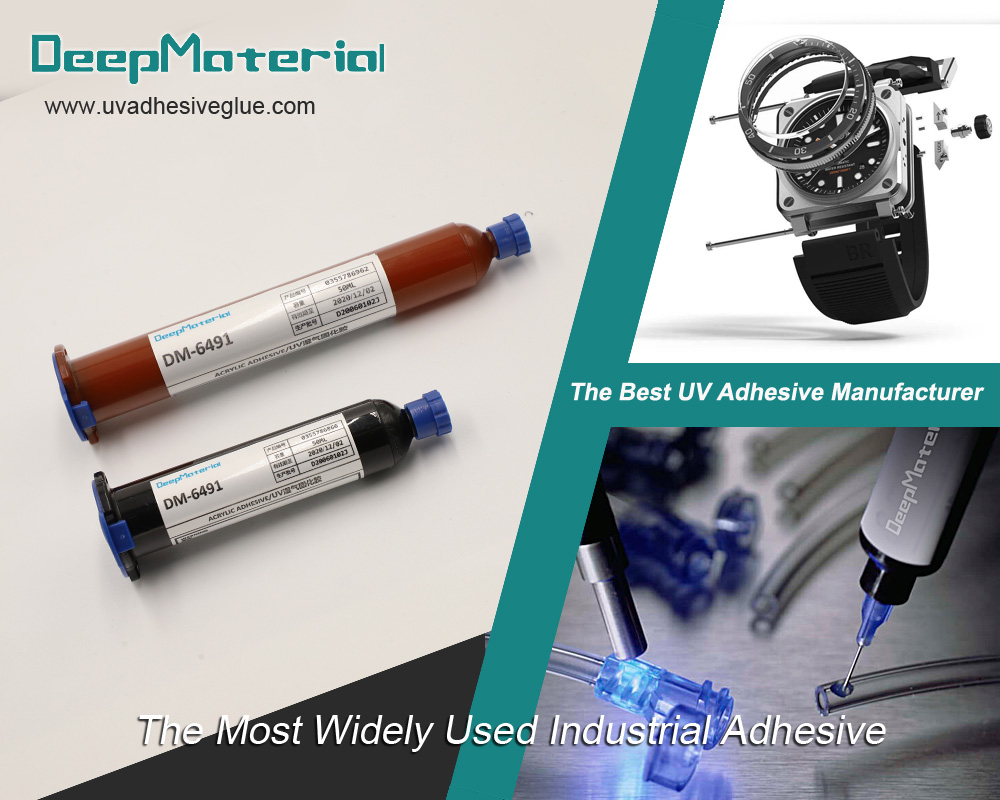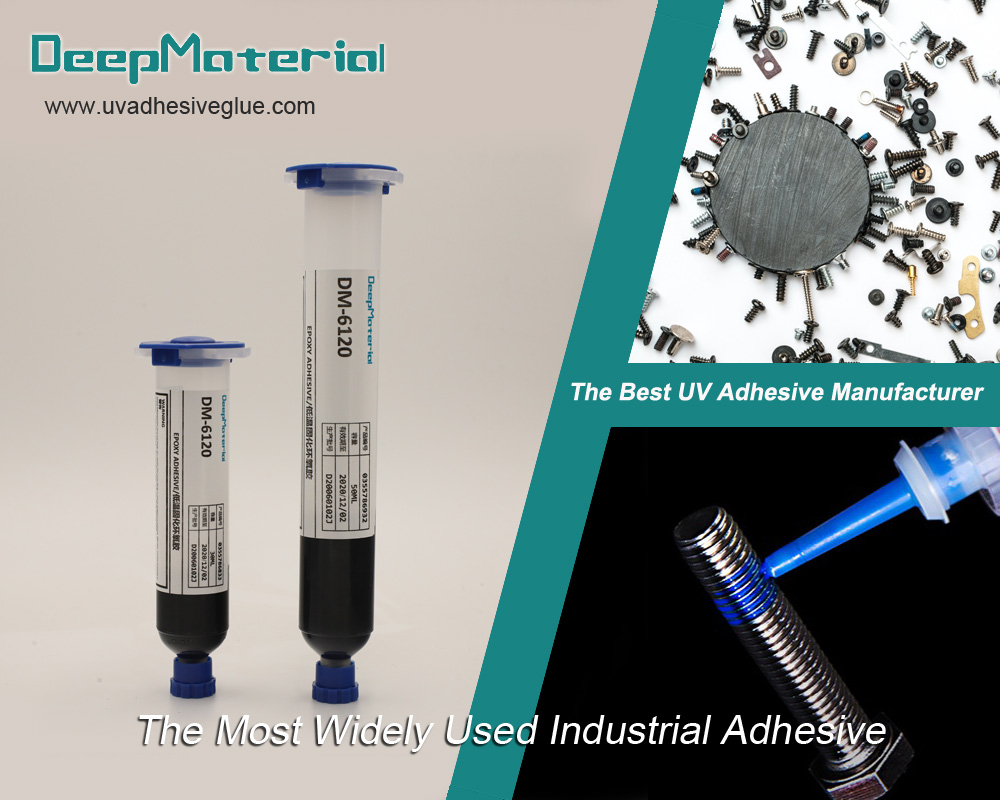The heat resistance and weatherability of electronic adhesives are critical aspects that determine their ability to withstand the stresses electronic devices face in different environmental conditions. These properties ensure the adhesive’s reliability and performance under various operating conditions.
Let’s explore these properties in more detail:
Heat Resistance: Heat resistance refers to an adhesive’s ability to maintain its integrity and performance when exposed to elevated temperatures. Electronic components and devices often generate heat during operation, and some manufacturing processes involve high-temperature curing or soldering. Therefore, electronic adhesives must be able to withstand these elevated temperatures without degrading or losing their adhesive properties. The heat resistance of an adhesive is typically measured in terms of its glass transition temperature (Tg) and its operating temperature range.
The heat resistance of electronic adhesives is typically specified by their glass transition temperature (Tg) and thermal stability. The glass transition temperature is the point at which the adhesive transitions from a hard, glassy state to a softer, rubbery state. The higher the Tg, the better the adhesive’s ability to maintain its structural integrity at elevated temperatures.
To ensure proper heat resistance, adhesives are often chosen based on their Tg, which should exceed the expected operating temperature of the electronic device. For instance, if the device is expected to operate at temperatures up to 100°C, the selected adhesive should have a Tg higher than 100°C to maintain its mechanical strength and adhesion properties.The wider the operating temperature range, the more versatile the adhesive is in different electronic applications.
Electronic adhesives with high heat resistance are commonly used in applications like bonding electronic components onto heat sinks, as well as in devices subjected to high-temperature environments, such as automotive electronics and industrial equipment.
Weatherability: Weatherability refers to an adhesive’s ability to withstand exposure to environmental conditions over an extended period without significant degradation. Adhesives with good weatherability are formulated to resist UV degradation, oxidation, and moisture absorption, which can lead to reduced adhesion, mechanical strength, and electrical performance. Weather-resistant adhesives maintain their performance over extended periods of outdoor exposure without significant degradation. Adhesives used in outdoor or harsh environments need to maintain their bonding strength and physical properties under these conditions.
So the weatherability is a critical consideration, and common environmental factors affecting weatherability includes the following:
UV Resistance: UV radiation from the sun can cause degradation of some adhesives over time, leading to a loss of bonding strength and discoloration.
Moisture Resistance: Moisture can penetrate certain adhesives, leading to delamination and reduced performance.
Chemical Resistance: Adhesives may come into contact with different chemicals in their operational environments, and their resistance to chemical exposure is essential for their longevity.
To ensure good weatherability, electronic adhesives are often subjected to accelerated aging tests, where they are exposed to harsh environmental conditions in a controlled manner. The performance before and after aging is then compared to assess the adhesive’s ability to withstand outdoor conditions.
Manufacturers of electronic adhesives often design products with specific formulations to enhance weatherability, using additives and modifiers that improve resistance to UV, moisture, and chemicals.
It’s important to note that the heat resistance and weatherability properties of electronic adhesives can vary significantly based on their specific formulation and intended application. Therefore, it’s essential to choose the right adhesive for each particular use case to ensure the long-term reliability and performance of electronic devices. Different types of electronic adhesives, such as epoxy, silicone, or polyurethane-based adhesives, may have varying degrees of heat resistance and weatherability. It’s essential to consult with adhesive manufacturers or suppliers and provide specific application requirements to select the most suitable adhesive for a particular electronic application.
Electronic adhesives are specifically designed to withstand the stresses that electronic devices face in different environmental conditions. These stresses can be mechanical, thermal, and environmental in nature, and the adhesive’s properties are tailored to provide reliable bonding and protection under these circumstances. These stresses can arise from factors such as temperature fluctuations, humidity, mechanical vibrations, thermal cycling, and exposure to chemicals or solvents. The ability of electronic adhesives to handle these stresses is essential for maintaining the integrity and reliability of the devices.
Here’s how electronic adhesives address some common stresses:
Mechanical Stress: Electronic devices may encounter mechanical stresses due to factors like vibration, shock, and thermal expansion/contraction. The adhesive’s role is to hold components in place securely to prevent mechanical failures. Adhesives with good shear and peel strength properties help resist forces that can cause components to shift or detach. Additionally, flexible adhesives can accommodate slight movement and thermal expansion/contraction without losing adhesion. Some electronic applications, such as automotive or aerospace, may subject devices to mechanical vibrations and shocks. Adhesives with strong mechanical bonding capabilities and flexibility can help absorb and dissipate mechanical stresses, reducing the risk of component damage.
Thermal Stress: Electronic devices generate heat during operation, and temperature fluctuations can occur during their lifecycle. Electronic adhesives with high heat resistance, as mentioned earlier, can withstand these temperature changes without degrading, maintaining the bond between components.
Environmental Stress: Environmental stresses include exposure to moisture, chemicals, and UV radiation, as well as potential corrosion. Electronic adhesives with excellent weatherability and resistance to environmental factors ensure that the devices remain protected and functional.
Temperature Cycling: Electronic devices often experience temperature fluctuations during operation, which can lead to expansion and contraction of the materials. When electronic components have different coefficients of thermal expansion (CTE), the adhesive must have good CTE matching properties to prevent stress buildup at the interface during temperature cycling. High-quality electronic adhesives with good thermal stability and a high glass transition temperature (Tg) can withstand these temperature cycling stresses without losing their adhesion or mechanical properties.
Moisture Resistance: Devices that are used in outdoor or high-humidity environments need to be protected against moisture ingress. Electronic adhesives with excellent moisture resistance help to prevent corrosion, delamination, and electrical failure caused by water or moisture absorption.
Thermal Conductivity: In some cases, electronic devices require efficient heat dissipation. Adhesives with high thermal conductivity can aid in transferring heat away from heat-generating components, preventing overheating and improving device performance.
Chemical Resistance: In certain applications, electronic devices may come into contact with chemicals or solvents. Adhesives with good chemical resistance prevent degradation or dissolution when exposed to specific chemicals, ensuring long-term performance and reliability.
UV and Weather Resistance: Outdoor electronic devices are exposed to ultraviolet (UV) radiation and weather elements, such as sunlight, rain, and temperature extremes. Electronic adhesives with excellent UV and weather resistance can resist degradation and maintain their properties under prolonged exposure to these elements, which can otherwise cause degradation over time.
It’s important to note that the performance of electronic adhesives in different environmental conditions can vary based on their formulation, type, and manufacturer. To ensure that electronic adhesives can withstand the stresses faced by electronic devices in different environmental conditions, it is crucial to select the right adhesive type and formulation based on the specific requirements of the application. Conducting reliability tests and considering long-term performance can help ensure that the chosen adhesive will maintain its integrity and functionality throughout the device’s operational life. Collaboration with adhesive manufacturers and suppliers can provide valuable insights and support in selecting the most suitable adhesive for a given electronic application.
Overall, electronic adhesives are formulated and tested to meet industry standards and specific application requirements. Manufacturers often conduct rigorous testing to assess the adhesives’ performance under different stress conditions, including temperature cycling, mechanical load testing, and exposure to harsh environments. By choosing the appropriate adhesive with the right combination of properties, electronic devices can withstand the stresses they face in diverse environmental conditions, ensuring their reliability and longevity.
For more about choosing the electronic adhesive,you can pay a visit to DeepMaterial at https://www.uvadhesiveglue.com/for-electrical-appliances/ for more info.


